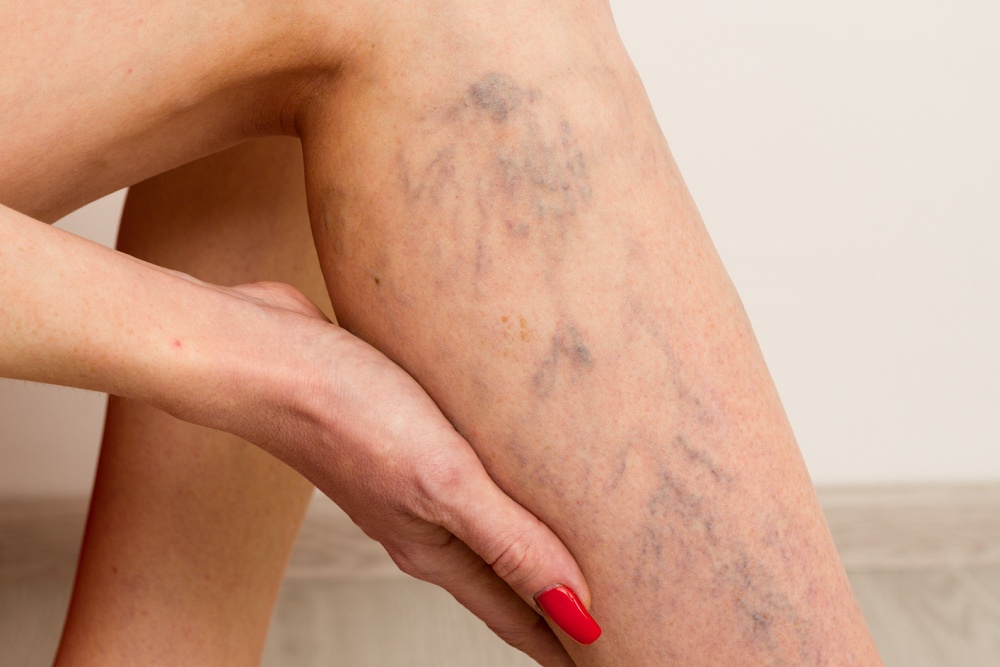Spider veins, known medically as telangiectasias, are a common cosmetic concern affecting millions of adults. These small, damaged veins can appear on the surface of the skin, typically on the legs and face. While usually harmless, they may cause an effect on an individual’s appearance.
What Are Spider Veins?
Spider veins are small, thin blood vessels visible just beneath the skin’s surface. They often appear in a web-like or branching pattern. These veins can be red, purple, or blue. They are most frequently found on the legs and may also develop on the face.
Unlike varicose veins, which are larger, raised, and swollen blood vessels that can cause pain and discomfort, spider veins are typically smaller and do not bulge above the skin. They are a milder form of venous insufficiency. While they are usually asymptomatic, some people may experience mild aching or burning in the area.
What Causes Them?
Spider veins form when the tiny one-way valves inside small veins weaken. In healthy veins, these valves open to let blood flow toward the heart and then close to prevent it from flowing backward. When these valves fail, blood can pool inside the vein. This accumulation of blood causes the vein to swell and become visible through the skin. Several factors contribute to the development of these veins.
If your close family members have these veins, you have a higher likelihood of developing them. Hormonal changes associated with puberty, pregnancy, and menopause can also contribute to their formation. Other factors include occupations that require prolonged periods of standing or sitting. Sun exposure is another contributor, as it may damage the skin and superficial blood vessels.
How Are They Managed and Treated?
Management and treatment for spider veins range from lifestyle adjustments to medical procedures performed by a specialist. Certain lifestyle changes may help prevent new veins from forming and can alleviate discomfort from existing ones. Regular exercise, such as walking or running, improves leg strength, circulation, and vein health. Maintaining a healthy weight reduces the pressure on your veins. When sitting, elevating your legs can assist blood flow back toward the heart.
Compression stockings are a common non-invasive option. These garments apply steady pressure to the legs, helping the veins and leg muscles move blood more efficiently. They come in various strengths, from over-the-counter options to prescription-strength stockings.
For those seeking to remove existing spider veins, several medical treatments are available. Sclerotherapy is a common procedure where a doctor injects a solution directly into the vein. This solution irritates the lining of the blood vessel, causing it to collapse. The collapsed vein is reabsorbed into local tissue and fades over time.
Laser treatment is another option. This procedure uses strong bursts of light directed onto the spider vein, which makes the vein slowly fade and disappear. No needles or incisions are used. Laser therapy may be used to treat small veins. Multiple sessions may be needed for optimal results.
Visit a Vein Clinic
While home remedies and lifestyle adjustments may offer some relief and potentially slow the development of new spider veins, they cannot eliminate existing ones. For a definitive diagnosis and a discussion about effective treatment options, a consultation with a vein specialist is recommended. A specialist can assess your condition and prescribe the most appropriate treatment course for your specific situation.


Leave a Reply